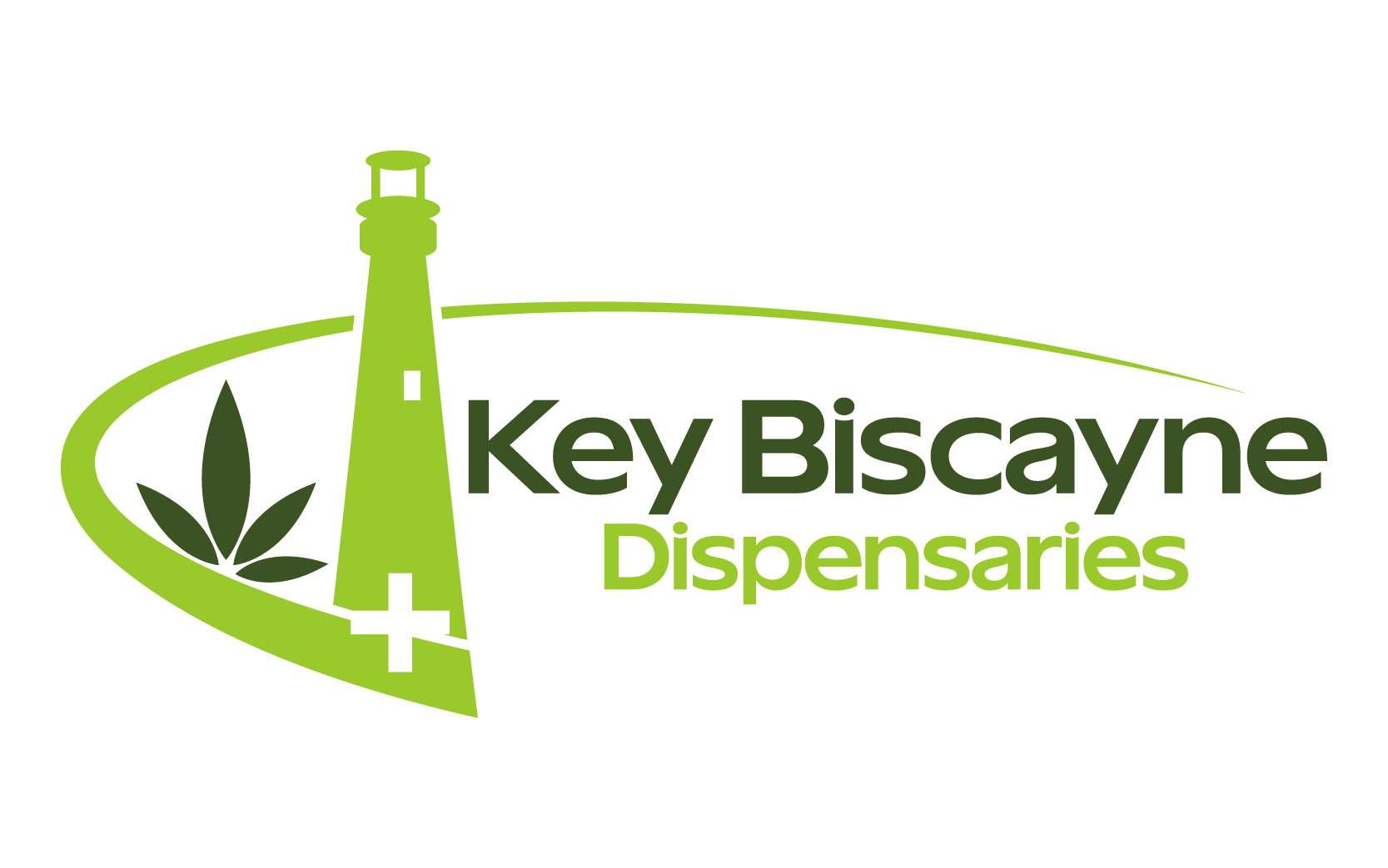The proliferation of illegal cannabis cultivation poses significant challenges to the growth and stability of legalized cannabis markets, both medical and recreational. Despite the expansion of legal frameworks across various states, illicit operations continue to thrive, undermining legal businesses and public health initiatives.
Prevalence of Illegal Cannabis Cultivation
Illegal cannabis cultivation remains widespread in the United States. In 2022, illicit cannabis sales were estimated at $74 billion, surpassing legal sales of $28 billion by a staggering 164%. This substantial black market presence indicates that unauthorized cultivation and distribution are pervasive, even in states with established legal markets.
Economic Impact on Legal Markets
The dominance of illegal cannabis cultivation adversely affects the legal market in several ways:
- Market Share Erosion: Illicit products often undercut legal prices due to the absence of regulatory compliance costs, drawing consumers away from licensed dispensaries. For instance, in California, the black market accounted for 60% of marijuana sales, significantly impacting legal operators.
- Tax Revenue Loss: States miss out on substantial tax revenues when consumers purchase from illegal sources. In New York, only 15% of marijuana sales were legal, leading to significant potential tax revenue losses.
- Business Viability: Legal cannabis businesses face financial strain due to competition with unregulated markets, leading to closures and reduced industry growth. In California, many legal operators have shut down, unable to compete with the thriving black market.
Public Health and Safety Concerns
Illegal cannabis cultivation raises significant public health and safety issues:
- Product Safety: Illicit products may contain harmful substances due to lack of testing and regulation, posing health risks to consumers. The 2019–20 vaping lung illness outbreak, linked to adulterated THC vape products from the black market, resulted in hospitalizations and fatalities.
- Environmental Damage: Unregulated cultivation often involves harmful agricultural practices, including the use of banned pesticides and improper waste disposal, leading to environmental degradation.
- Crime and Violence: Illegal grow operations are frequently associated with organized crime, contributing to violence and other criminal activities within communities.
Strategies to Mitigate Illegal Cultivation
Addressing the challenges posed by illegal cannabis cultivation requires a multifaceted approach:
- Enhanced Enforcement: Strengthening law enforcement efforts to dismantle illegal operations is crucial. In New York, a crackdown on illicit vendors led to a significant boost in legal cannabis sales, with some retailers experiencing a 100% increase in sales growth.
- Regulatory Reforms: Simplifying licensing processes and reducing compliance costs can encourage illegal operators to transition into the legal market.
- Public Education: Informing consumers about the benefits of purchasing from legal sources, including product safety and supporting community economies, can shift demand away from the black market.
- Economic Incentives: Offering financial incentives or support to small-scale growers can facilitate their entry into the legal market, reducing the prevalence of illicit cultivation.
Conclusion
Illegal cannabis cultivation significantly undermines the growth and sustainability of legalized cannabis markets. Its impact spans economic losses, public health risks, and environmental harm. Comprehensive strategies involving enforcement, regulatory reform, and public engagement are essential to curtail illicit operations and bolster the legal cannabis industry. By addressing these challenges, states can ensure the success of their legal cannabis programs and protect public interests.


